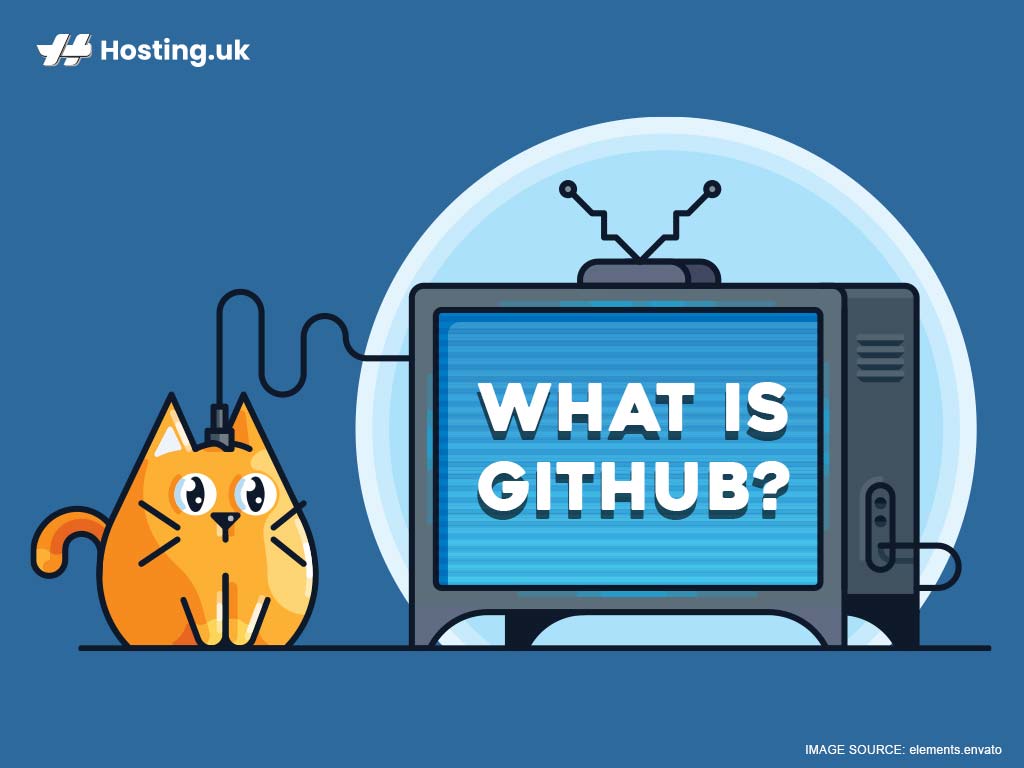Github is a version control system that works wonders for WordPress theme and plugin developers. If you’ve never heard of Github until five minutes ago and have no clue what a “version control system” even is, don’t worry about it. In this guide, we’ll walk you through all of it.
Let’s begin, shall we?
Table of Contents
What is GitHub?
GitHub is a cloud-based repository hosting service that helps you store and manage your projects, as well as control and track changes to them. It can be used for almost any project, but it’s mostly used by programmers and developers.
GitHub was designed to make it easier for people to use Git for version control and collaboration. So, to truly understand GitHub, you need to understand three things:
- Git
- Version control
- Hub
First, let’s talk about Git.
1. What is GitHub’s “git”?
Git is an open-source version control system that was created by Linus Torvalds in 2005. (Linus Torvalds is the same person who created Linux.) Because Git is specifically a distributed version control system, every developer’s computer contains the entire codebase and history. This makes it easier to branch and merge.
What’s branching and merging?
When a project gets big enough, it’s no longer efficient for individual developers to work with the official source code. With version control, developers can work on the project by branching and merging without affecting the original code.
Branching means a developer duplicates part of the source code, so that that part of the code can be modified without affecting the original code.
Once the developer gets this part of the code working smoothly, that part of the code can be merged back into the main source code. With a good version control system, it’s easy to keep track of these changes. If anything goes wrong, the original code can always be reverted to.
2. What is a version control system?
When developers make something, e.g. an app, they don’t just make it once and immediately put the finished project on the market. App development isn’t exactly a one-and-done process. Developers are constantly making changes to the code and releasing new versions of the app even after it’s been released to the public.
A version control system makes it easy for developers to keep track of all their revisions and store each modification in a central repository. This means that the developers can easily collaborate on projects, modifying them and adding them to the repository as they see fit.
3. What is GitHub’s “hub”?
GitHub’s “hub” is the reason GitHub is one of the most preferred version control systems on the market. The “hub” is GitHub.com, and it’s where developers store their projects and communicate with other developers.
This social networking aspect of the hub is probably what most users love about it, because it allows you to show off your past work and contributions to other projects, so that people working on similar projects can connect with you. You can also use the hub to discuss your project publicly, so you can get help from experts for free.
Each project on GitHub has its own repository, which you access using a unique URL.
Forking a repo
You “fork” a repository (also called a “repo”) by creating a new project based on a project that already exists. This means that the hub is filled with like-minded developers riffing off of each other to create new programs and projects. So, if you’re on the hub and you see a project you like, you can fork the repo, modify it, and put out your version of the project as your own repo.
Is GitHub just for developers?
Developers will probably get the most use out of GitHub, but that doesn’t mean they’re the only ones who’ll like it. You can actually use GitHub for all types of files, even Word documents and PDFs. So, if you’re working on a blog post with a group of people, you can use GitHub as your version control system, so you can keep track of all the changes, and so that you can revert to the original file if necessary.
What is GitHub, then?
Now you know what Git is, and you know what the Hub is. So, what’s GitHub?
GitHub is a free cloud-based repository hosting service that makes it easier for people to collaborate on projects. It’s especially useful for developers and coders because of its large pool of expert users.
GitHub’s interface is so easy to use that it’s not just developers who are using it. People also use it to collaborate on other projects, like writing novels and virtually designing buildings.
Why do WordPress developers adore GitHub?
Many WordPress theme and plugin developers use GitHub to store their projects’ source code and to collaborate on projects. The branch and merge features make it easy for WordPress developers to work together with a potentially unlimited number of users, And the best part? They won’t have to worry about causing irreparable harm to a project.
Also, the popularity of WordPress plugins and themes makes GitHub’s repository a treasure trove of inspiration for new projects.
Wrapping up
GitHub is the most popular version control system for developers. However, even if you’re not a developer, you’ll love its repository and the ease with which you can modify your projects and revert to their original versions.
